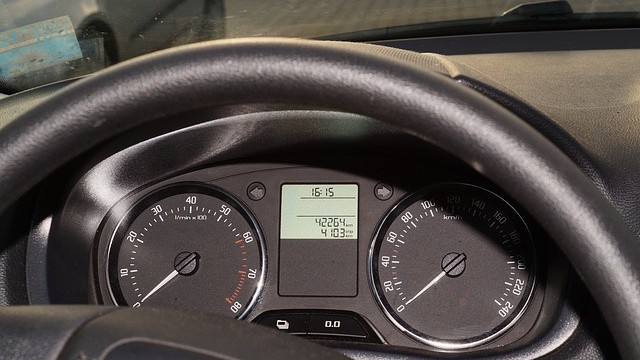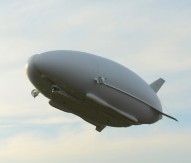
EU helps to bring magnetic sensors to market
A condensed matter physicist at the Institute of Physics at Johannes Gutenberg University Mainz has received a €150,000 Proof of Concept grant from the European Research Council to develop a new type of magnetic sensor.
Professor Mathias Kläui will use the funding to further develop a concept for a sensor that will eventually be able to record large numbers of revolutions in the automotive industry. The new components will be designed for use in the automotive or automation industries and will replace current energy-hungry sensors. The grant from the ERC was awarded following the initial results achieved by Kläui under his ERC Starting Grant. The new magnetic sensors are expected to be ready for pilot applications within 18 months of the project starting.
Kläui commented: “We have already gained experience and validated the theoretical physics behind the new sensor in the lab. Now we have to see whether it can also be produced on an industrial scale at a reasonable price.”
Current magnetic sensors used to precisely determine angular position have the disadvantage of only being able to measure angles between zero and 360 degrees, and are therefore incapable of detecting more than one revolution and are unable to differentiate between angles of ten and 370 degrees.
There are many technical systems, such as a steering wheel, that make several revolutions in use. Kläui’s work group has developed a concept that builds on the movements made by magnetic domain walls. There are multi-turn angle sensors that are presently available that can measure up to 16 revolutions, and the new concept goes far beyond this and uses an innovative geometry to make a much larger number of revolutions quantifiable. This is judged to be of fundamental importance to automation technology.
The new MultiRevolution Sensor does not need a power supply to record and save data, but merely for the occasional logging of the revolution counter, thus offering significant advantages for industrial users.




